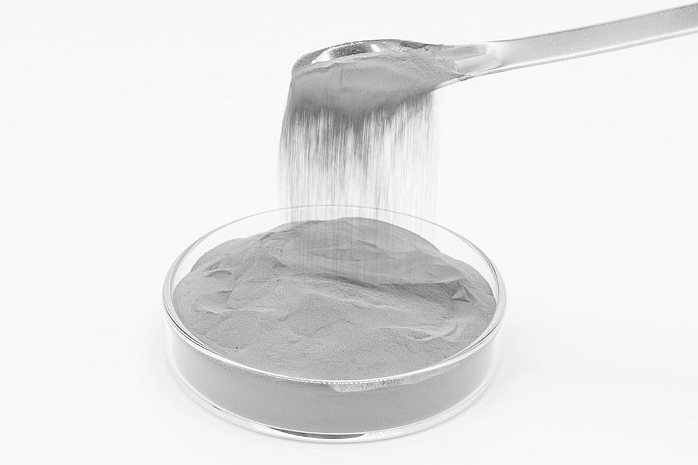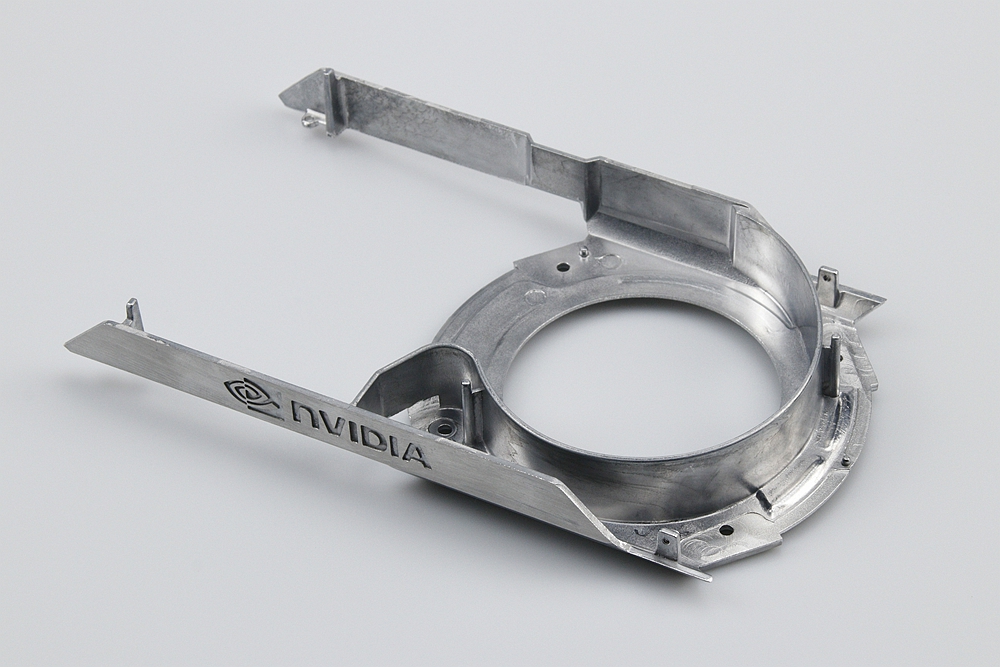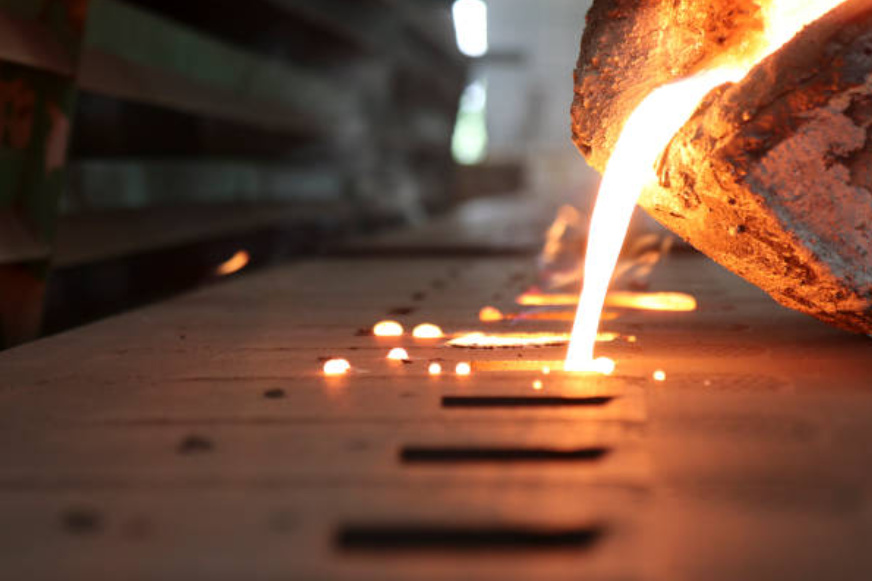Metal Injection Molding Materials | Stainless Steel 316/316L
MIM 316/316L Stainless Steel Overview
316/316L Stainless Steel is an austenitic stainless steel variant that has gained significant attention in metal injection molding due to its enhanced corrosion resistance. This blog post aims to comprehensively overview 316/316L Stainless Steel, its key features, availability, chemical composition, mechanical and physical properties, and machinability. Understanding these aspects is crucial for part designers and purchasers with procurement needs for MIM parts.
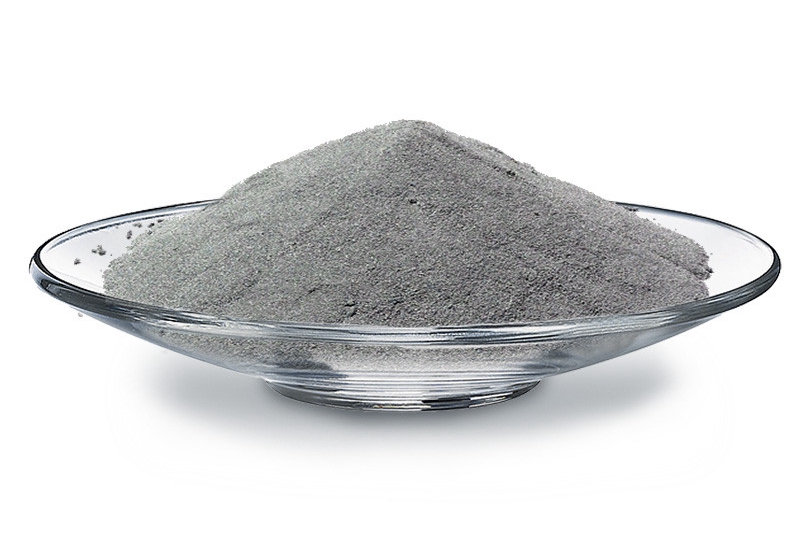
What is 316/316L Stainless Steel
316/316L stainless steel is a widely used austenitic stainless steel alloy known for its excellent corrosion resistance and good mechanical properties. Here are some key facts about 316/316L stainless steel:
- Composition: 316 stainless contains 16-18% chromium, 10-14% nickel, and 2-3% molybdenum. 316L has lower carbon content (<0.03%).
- Properties: 316/316L has excellent corrosion resistance, particularly against pitting and crevice corrosion in chloride environments. It also has good elevated temperature strength and creep resistance up to 800°C. 316L has superior weldability and formability than 316.
- Austenitic Structure: The austenitic face-centered cubic structure of 316/316L enables the combination of good ductility and high strength. The nickel stabilizes the austenite phase.
- Applications: 316/316L is commonly used in applications where corrosion resistance is essential such as marine, pharmaceutical, chemical processing, food processing, and power generation. 316L is favored for welded constructions.
- Fabrication: 316L is readily fabricated by standard methods like forming, machining, and welding. Post-weld annealing treatments may be required to restore corrosion resistance and mechanical properties.
- Variants: Adding molybdenum gives 316 better corrosion resistance than 304 grade. 316Ti and 316N contain titanium and nitrogen for improved intergranular corrosion resistance and strength.
In summary, 316/316L stainless steel provides an optimized combination of corrosion resistance, strength, fabricability, and cost. Its versatile properties make it popular for critical applications and components exposed to harsh environments.
Key Features of 316/316L Stainless Steel
316/316L Stainless Steel is an austenitic stainless steel with added molybdenum. This addition improves the alloy's corrosion resistance, making it better than 304, particularly in chloride environments. This makes 316/316L Stainless Steel a preferred choice for applications exposed to salt water or corrosive chemicals.
The low-carbon version, 316L, is particularly useful for welding applications. It minimizes carbide precipitation during welding, which helps maintain the material's corrosion resistance and mechanical properties.
Availability of 316/316L Stainless Steel
316/316L Stainless Steel is available in various forms to suit different applications. It can be procured as a round bar, flat bar, plate, sheet, wire, hexagon, and tube. This wide availability makes it a versatile material for various applications, from heat exchangers and pressure vessels to food preparation equipment and furnace parts. Of course, stainless steel 316L powder is also the most common material in metal injection molding. Its excellent corrosion resistance and surface treatment performance suit many industries, such as the metal watch accessories we wear, which can be made into various colors by PVD and are not afraid of sweat erosion.
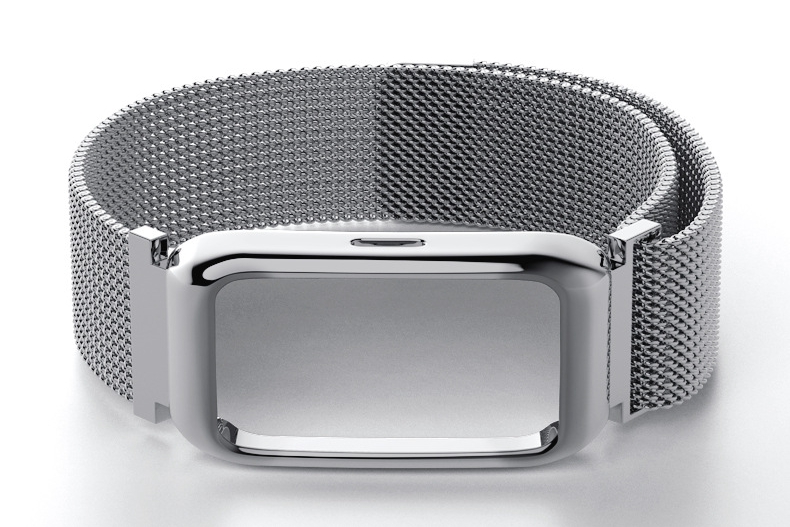
Chemical Composition of 316/316L Stainless Steel
The chemical composition of 316/316L Stainless Steel contributes to its unique properties. Here's a table showing its composition:
Element | Percentage |
Carbon (C) | Max 0.08% |
Chromium (Cr) | 16.5 - 18.5% |
Molybdenum (Mo) | 2.00 - 2.50% |
Silicon (Si) | Max 1.00% |
Phosphorus (P) | Max 0.05% |
Sulphur (S) | Max 0.02% |
Nickel (Ni) | Min 10.0% |
Manganese (Mn) | Max 2.00% |
Iron (Fe) | Balance |
Mechanical Properties of 316/316L Stainless Steel
316/316L Stainless Steel exhibits impressive mechanical properties that make it suitable for various applications. Here are some of the typical mechanical properties:
Property | Value |
Tensile Strength | 520 - 680 MPa |
Proof Stress | Min 220 MPa |
Elongation A5 | Min 40% |
These properties make 316/316L Stainless Steel suitable for applications requiring high strength and excellent corrosion resistance.
Physical Properties of 316/316L Stainless Steel
The physical properties of 316/316L Stainless Steel also play a significant role in its applications. Here are some of its physical properties:
Property | Value |
Density | 8.00 kg/m³ |
Melting Point | 1400 °C |
Modulus of Elasticity | 193 GPa |
Electrical Resistivity | 0.074 x10-6 Ω.m |
Thermal Conductivity | 16.3 W/m.K |
Thermal Expansion | 15.9 x10-6 /K |
Machinability and Weldability of 316/316L Stainless Steel
When it comes to machinability, 316/316L Stainless Steel performs well. It can be effectively machined into various forms and shapes, making it versatile for different applications. Its machinability is one of the reasons why it's widely used in industries such as food preparation, furnace parts, and heat exchangers.
In terms of weldability, 316/316L Stainless Steel is excellent. It can be welded using common fusion and resistance techniques. This makes it a preferred choice for applications that require welding. The low-carbon version, 316L, is particularly useful for welding applications as it minimizes carbide precipitation, which helps maintain the material's corrosion resistance and mechanical properties.
316/316L Stainless Steel Application in MIM
316L stainless steel is a widely used material in Metal Injection Molding (MIM) due to its excellent corrosion resistance, high strength, and good mechanical properties. It is a low-carbon version of 316 stainless steel and contains additional molybdenum, which enhances its resistance to pitting and crevice corrosion in chloride environments. Here are some typical applications of 316L stainless steel in MIM:
Medical and Dental Components
316L stainless steel is widely used to produce surgical instruments, dental implants, orthopedic implants, and other medical devices. Its corrosion resistance and biocompatibility make it suitable for applications requiring contact with bodily fluids or tissues.
Aerospace and Automotive Parts
316L stainless steel is used in MIM to manufacture components for aerospace and automotive industries, such as fuel system components, sensors, connectors, and fasteners. Its corrosion resistance and high strength-to-weight ratio make it suitable for challenging environments.
Chemical Processing Equipment
316L stainless steel is often employed in MIM to produce components used in chemical processing equipment, including valves, pumps, fittings, and flanges. Its resistance to corrosion by a wide range of chemicals makes it suitable for these applications.
Electronic and Electrical Components
MIM allows the production of complex shapes and intricate designs of electronic and electrical components using 316L stainless steel. These components can include connectors, terminals, shielding, and housings. The material's electrical conductivity and corrosion resistance are beneficial in such applications.
Consumer Goods
316L stainless steel is used in MIM for various consumer goods, including watches, jewelry, and accessories. The material's corrosion resistance, attractive appearance, and durability suit these applications.
It's important to note that the specific application of 316L stainless steel in MIM can vary based on the design requirements and performance characteristics needed for the component. Consulting with MIM manufacturers and material suppliers can provide more detailed guidance on utilizing 316L stainless steel in specific applications within the MIM process.
Conclusion
316/316L Stainless Steel is an austenitic stainless steel with added molybdenum, offering improved corrosion resistance, particularly in chloride environments. Its availability in various forms and excellent mechanical and physical properties make it a preferred choice for a wide range of applications.
Whether you're a part designer or a purchaser with procurement needs for MIM parts, understanding the properties and applications of 316/316L Stainless Steel can help you make informed decisions.
In conclusion, 316/316L Stainless Steel is a valuable material with a unique combination of properties, making it a preferred choice for various applications. As we continue exploring and understanding more about this material, its applications and importance in various industries will likely grow.
Neway MIM materials options
Stainless Steel | ||
MIM 304l | Excellent corrosion resistance. High strength and hardness after heat treatment. | Biocompatible grades are used in medical applications. Widely used for small complex parts needing corrosion resistance. |
MIM 440C | ||
MIM 430 | ||
MIM 316 | ||
Low Alloy Steels | ||
MIM 4605 | Achieve very high tensile and yield strengths after heat treatment. Good toughness and ductility in heat-treated conditions. | Used for high-strength structural components. |
MIM 4140 | ||
MIM 4340 | ||
MIM 2700 (FN08) | ||
MIM 2200 (Fe-2Ni) | ||
MIM 52100 | ||
MIM 8620 | ||
MIM 9310 | ||
MIM 430L | ||
Tool Steel | ||
MIM H13 | Excellent hardness, wear, and abrasion resistance.Dimensional stability and strength maintained at high temperatures | Used for small precision tooling components like inserts and dies |
MIM P20 | ||
MIM S7 | ||
MIM M2 | ||
MIM D2 | ||
Magnetic | ||
Fe-Ni Alloy | Tailored magnetic properties like high permeability and low core losses | Used in electronics components like inductors, relays, sensors |
Fe-Si Alloy | ||
Fe-Co Alloy | ||
Copper Alloys | ||
Copper | Good corrosion resistance, electrical and thermal conductivity, Anti-friction performance | Used for electrical connectors, heat exchangers, fittings, bearings |
Bronze | ||
Brass | ||
Tungsten and Copper alloy | ||
Titanium Alloys | ||
Ti-6Al-4V (Grade 5) | High strength-to-weight ratio. Good high-temperature properties | Used widely in aerospace and medical implants |
Heavy Alloys | ||
Wu-Ni-Fe | Extremely high density, hardness | Used as counterweights, vibration-dampening weights |
